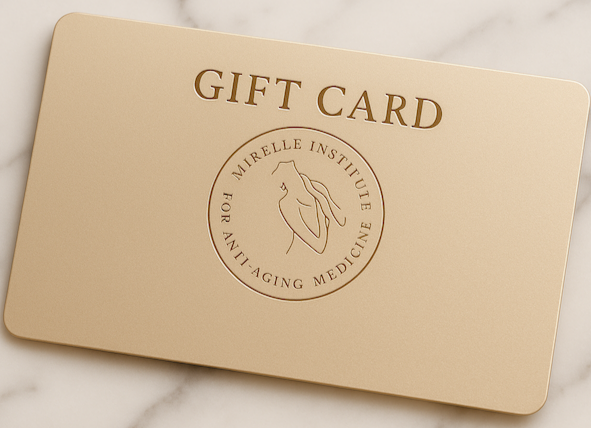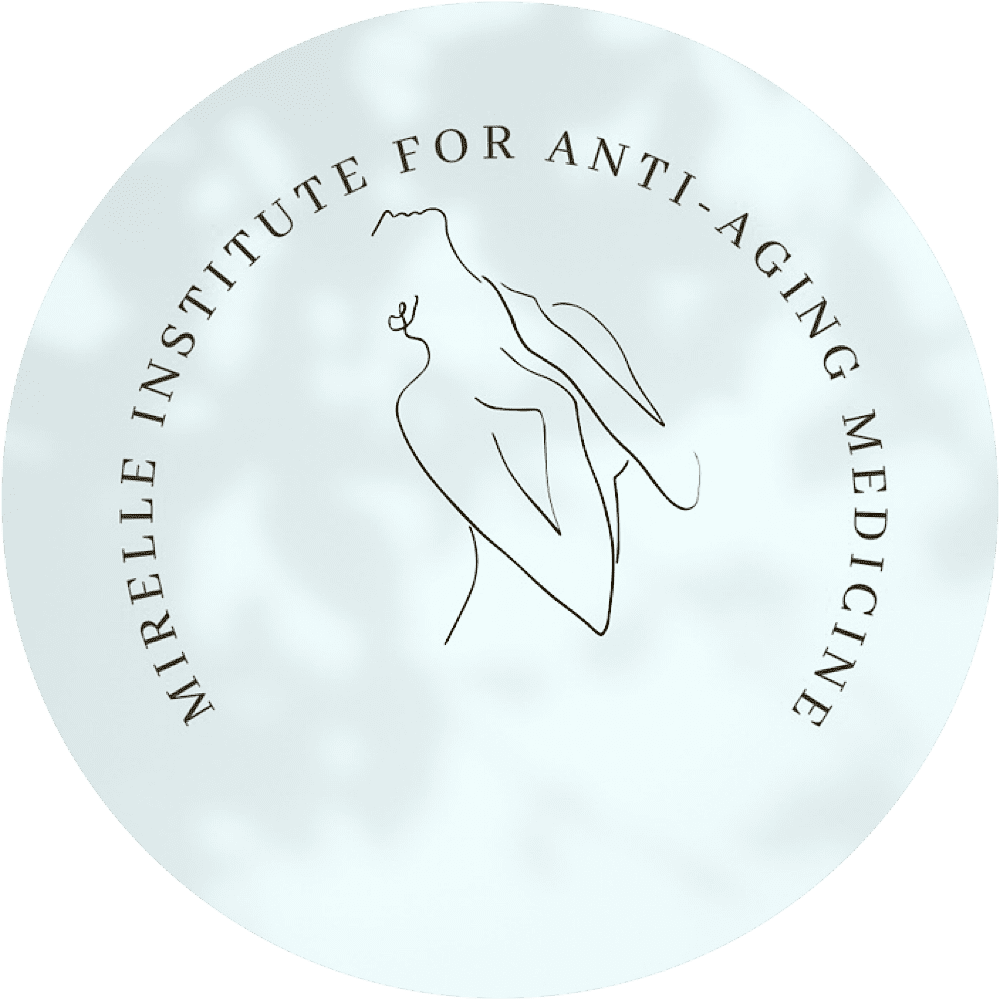Male hormone decline. What is science telling us? By Dr. Iancoluvici in Wall Township NJ
Low T: The Clinical Problem
Hypogonadism affects 30% of men aged 40-79.
A gradual, age-associated decline in serum total testosterone levels begins in men in their mid-30s and continues at an average rate of 1.6% per year. Some of the symptoms of testosterone decline are:
- Fatigue / Cognitive function decline
- Decreased libido
- ED
- Depression, irritability, decreased sense of well-being
- Decreased muscle mass / increased body fat
- Decreased bone mineral density
What hormones does a man make?
■ Pregnenolone
■ Progesterone
■ DHEA
■ Androstenedione
■ Estradiol/Estrone
■ Testosterone
■ Dihydrotestosterone (DHT)
What is the importance of each male hormone?
Synthesized directly from cholesterol, pregnenolone is a hormone present in both males and females. A precursor to all other sex hormones with important functions, such as nerve transmission and memory, energy and sleep, stress resistance, mood elevation, and pain and inflammation reduction to name a few. Deficiency of pregnenolone is associated with depression, fatigue, inability to deal with stress, insomnia, lack of focus, and memory decline.
The levels of pregnenolone start to decline around age 30.
Made by the adrenal glands, progesterone is a precursor to androstenedione. Progesterone levels start to decline in men around age 60. The functions of progesterone are to balance estrogen and inhibit aromatase and 5-alpha reductase. It antagonizes the stimulatory effects of estrogen on the prostate gland and lowers PSA. Progesterone stimulates anti-tumor antigen, p53, to prevent prostate cancer.
Made by the adrenal glands, DHEA is a precursor to estrogen and testosterone. Production of DHEA declines with age. DHEA provides a protective effect against cancer, diabetes, obesity, high cholesterol, heart disease, and autoimmune diseases.
Symptoms of DHEA deficiency include decreased energy & muscle strength, difficulty dealing with stress, increased risk of infection, irritability, joint soreness, and weight gain.
The actions of DHEA:
Prohormone for sex steroids, anti-glucocorticoid, supports immunity, anti-atherogenic, lowers serum triglycerides, enhances insulin sensitivity, prevents obesity, maintains cell strength and repair, supports bone density, is neuroprotective, enhances memory, promotes the sense of well-being, and enhances libido.
A common precursor of male and female sex hormones–Converted to testosterone through 17β-hydroxysteroid dehydrogenase and to estrogen through aromatase. Found in the testes and adrenal glands, androstenedione has a short half-life and currently, there are no reliable studies on its benefits.
Dihydrotestosterone (DHT)
Most potent naturally occurring androgen, it is three times more potent than testosterone. DHT is synthesized from the conversion of testosterone through 5-alpha reductase and is responsible for the formation of male sex-specific characteristics and the development of male genitalia and prostate. Low levels can affect sexual function and libido, as well as muscle tone. Elevated levels can cause hirsutism, male pattern baldness, BPH, and prostate cancer.
Made in muscle, skin, and adipose tissue and inadequate levels it has a protective effect against bone fractures and maintains cognitive function. Excess estrogen is associated with gynecomastia, decreased sex drive, erectile dysfunction (ED), doubled risk of stroke, higher rates of heart attack, peripheral artery disease, coronary atherosclerosis, insulin resistance, rheumatoid arthritis, BPH, and prostate cancer.
Testosterone is the principal male hormone, an anabolic steroid produced from cholesterol. Testosterone is primarily secreted in the testes and additional small amounts are secreted from the adrenal glands. Testosterone has anabolic effects, such as increasing muscle mass, bone density, and bone maturation; as well as androgenic effects aiding in the development of sex organs, deepening of the voice, and hair growth.
What are the factors contributing to testosterone decline?
AGE, AGE, AGE !
Age-related increase in the sex hormone binding globulin (SHBG) causes a decrease of bioavailable testosterone in the bloodstream.
An unhealthy diet and insulin resistance cause an increase in estrogen and lower testosterone
Stress levels that increase cortisol demand:
Toxin exposure
Andropause contributes to an increased risk for diseases such as Diabetes/Metabolic Syndrome■Brain (Dementia, Alzheimer's)■Heart (MI’s)■Frailty Syndrome/Sarcopenia■Bone (Osteoporosis)■Inflammation (Bain, 2010)
How does testosterone decline?
Testosterone declines with age beginning in the early 30s. By age 40, levels naturally decline by >1% each year. Testosterone production declines due to increasing SHBG, decreasing LH and decreased Leydig cell activity. Between the age of 25 to 75 years, there is a 30% decrease in total testosterone and a 50% decrease in bioavailable testosterone.
Korenmann SG, Morley JE, Mooradian AD, et al. (1990) concluded that “Half of the healthy men between the ages of 50-70 years will have a bioavailable testosterone level below the lowest level seen in healthy men who are 20-40 years of age.
Stress has a severe impact on testosterone levels. High chronic stress causes low DHEA and low testosterone, as well as a higher production of cortisol, which acts as an anti-Testosterone.
What Constitutes“Stress”?
Fight or flight” responses–fear, anxiety, worry, depression, feelings of defeat or helplessness, pain syndrome, infection, inflammation, hypoglycemia, inadequate sleep, disrupted light cycles, and toxic exposure to name a few.
Let’s Talk About Toxins...
Toxins are everywhere and nobody escapes their harm. Therefore, a healthy diet, supplements, and hormone replacement is probably the best insurance we can take against toxins like:
Pesticides■Food additives and preservatives■Electromagnetic radiation■Heavy metals■Phthalates■Bisphenol A■And many more...
Testosterone deficiency (TD) causes an increased risk of cardiovascular events and mortality. The decrease in testosterone that occurs in men after 40 years of age has been associated with an increase in all-cause mortality and cardiovascular risk.
A meta-analysis that investigated 16,184 community-based participants with a mean follow-up of 9.7 years found that low testosterone levels were associated with an increased risk of Overall and cardiovascular-related mortality (Araujo, 2011).
A meta-analysis of 70 studies showed a clear association between low testosterone and cardiovascular disease. Of those, ten longitudinal studies demonstrated that overall mortality and cardiovascular mortality were highest in those with low T levels. Whether low testosterone and increased mortality are simply covariates or a causal relationship remains to be proven” (Corona, 2011)
References
Korenmann SG, Morley JE, Mooradian AD et al. SecondaryHypogonadism in older men: its relationship to impotence.J Clin Endocrinol Metab. 1990 71:963-969
Araujo et al,. Clinical review: Endogenous testosterone and mortality in men: a systematic review and meta-analysis. J Clin Endocrinol Metab. 2011 Oct;96(10):3007-19.
Bain. 2010; “Testosterone and the aging male: To treat or not to treat?”Maturitas. 2010 May;66(1):16-22. Epub 2010 Feb 13
Corona G, RastrelliG, MonamiM, et al. Hypogonadism as a risk factor for cardiovascular mortality in men: a meta-analytic study.Eur J Endocrinol. 2011 Nov;165(5):687-701
Korenmann SG, Morley JE, Mooradian AD et al. SecondaryHypogonadism in older men: its relationship to impotence.J Clin Endocrinol Metab. 1990 71:963-969
Author ━━━━━━━━━━━━━━━━━━━━━━━━━━━━━━━━━━━━━━━━━
Author ━━━━━━━━━━━━━━━━━━━━━━━━━━━━━━━━━━━━━━━━━━━━━━━━━━━━━━━━━
━━━━━━━━━━━━━━━━━━━━━━━━━━━━━━━━━━━━━━━━━━━━━
━━━━━━━━━━━━━━━━━━━━━━━━━━━━━━━━━━━━━━━━━━━━━━━━━━━━━━━━━━━━










